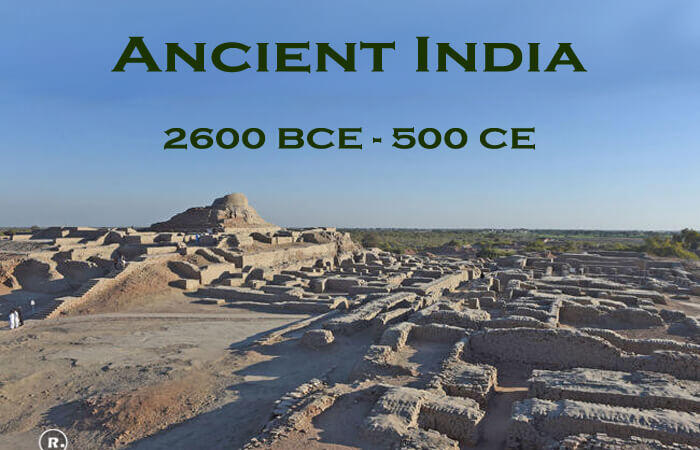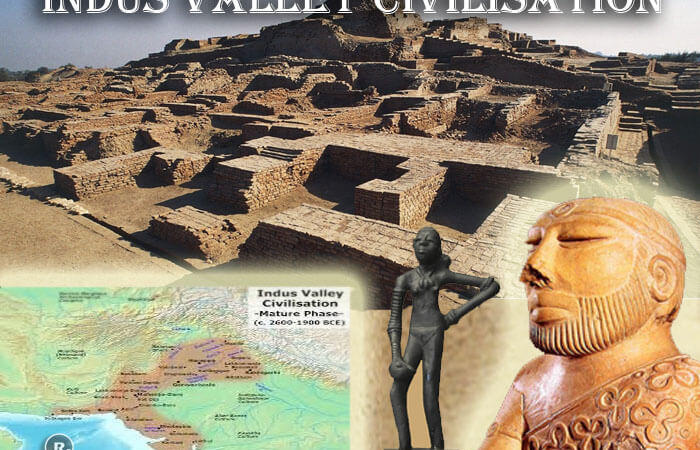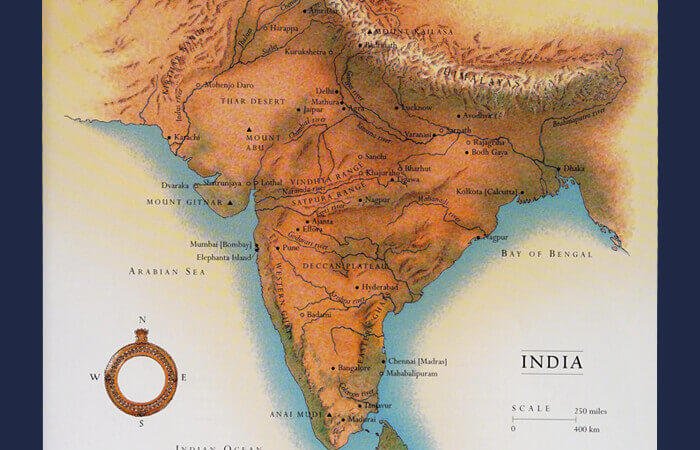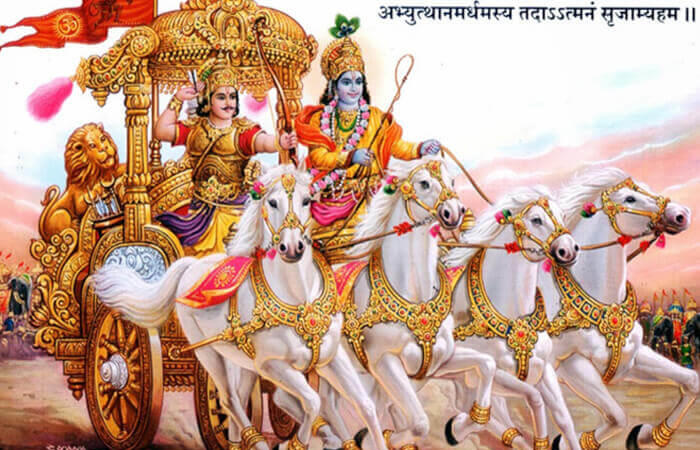Bharat Ratna Lal Bahadur Shastri
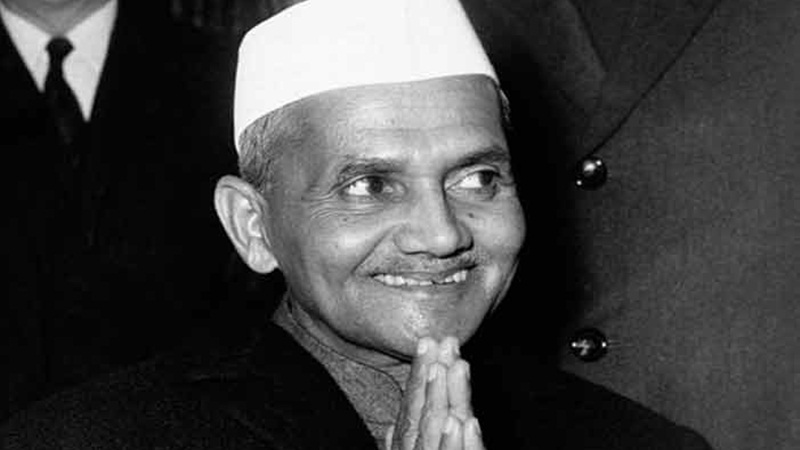
Lal Bahadur Shastri was an Indian political leader who served as the second Prime Minister of the Republic of India. A Gandhian in the true sense of the term, Lal Bahadur was one of India’s most astute and non-offending post-independence leaders, who still rules the hearts of his countrymen.
Early Life
Lal Bahadur Shastri was born on Mahatma Gandhi’s birth anniversary – 2nd October in 1904 in a small town of Mughal Sarai, Uttar Pradesh. He was born into a lower-middle-class Kayastha family. His father Sharda Prasad Srivastav was a poor teacher who breathed his last when Lal Bahadur was an infant.
His uneducated mother Ram Dulari Devi took him to her father’s home where this unfortunate baby was brought up by his maternal grandfather. He was raised along with his two sisters by his mother. At first, Lal Bahadur was given primary education at Mirzapur. Then he was sent to Banaras, the holy city of antiquity, the city of the holy Ganga, where he was admitted to the famous Harischandra High School. Because of his pleasing manners, Lal Bahadur soon became a favorite among his teachers. He studied at the East Central Railway Inter college in Varanasi and later graduated from Kashi Vidyapeeth.
Career
Shastri became a part of the Indian independence movement in 1920 and was driven by Mahatma Gandhi’s ideas. Shastri was deeply impressed and influenced by Mahatma Gandhi, he became a loyal follower of Gandhi and Jawaharlal Nehru. Nehru was so much impressed by Shastri’s honesty and integrity that he appointed him as the General Secretary of Allahabad Congress.
In 1942, when Gandhi gave the call for “Quit India” and “ Do or Die” Lal Bahadur came forward to join the movement. He was arrested along with other prominent leaders in Bombay. Of his life, nine long years were spent in jail.
The second phase of his career from freedom fighter to minister started after independence. Following independence in 1947, he joined Nehru’s government and became one of Prime Minister principal, first he became Railways Minister and then the Home Minister.
On June 9, 1964, Lal Bahadur succeeded Nehru as the Prime Minister of India. He coined the famous slogan “Jai Jawan Jai Kisan” (“Hail the soldier, Hail the farmer“) during the Indo-Pakistan war of 1965 which became very popular during the war and even remembered today.
Although his tenure as Prime Minister lasted only nineteen months, it was a critical period of high excitement and drama. He demonstrated remarkable flexibility in agreeing to the indefinite continuation of English along with Hindi as the official language of the country, as demanded by southern states.
He resolved the linguistic problems in Assam and Punjab through the famous “Shastri Formula”. Shastri was instrumental in formulating the Green Revolution strategy with the purpose of increasing agricultural output and achieving self-sufficiency in food in the long run. It was though only later, in Indira Gandhi’s regime, that this strategy was pursued vigorously.
Shastri also set up his own Prime Minister’s Secretariat, as a source of information and advice to the Prime Minister on policy matters. The Secretariat, which came to be known as PMO (Prime Minister’s Office) started acquiring a great deal of influence and power in the making and execution of government policies.
Death
On 11th January 1966, this great son of India suddenly passed away at Tashkent, after signing the Tashkent Pact. The entire nation, Parliament, State Legislatures, the press, leaders of all walks of life, and dignitaries from abroad, mourned the sad demise of this outstanding leader who laid down his life at the altar of peace.

